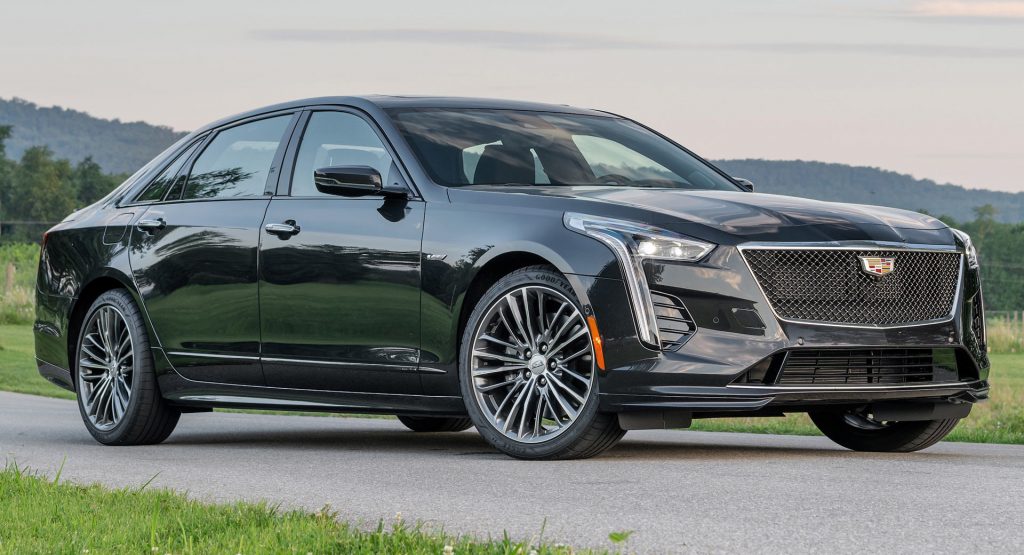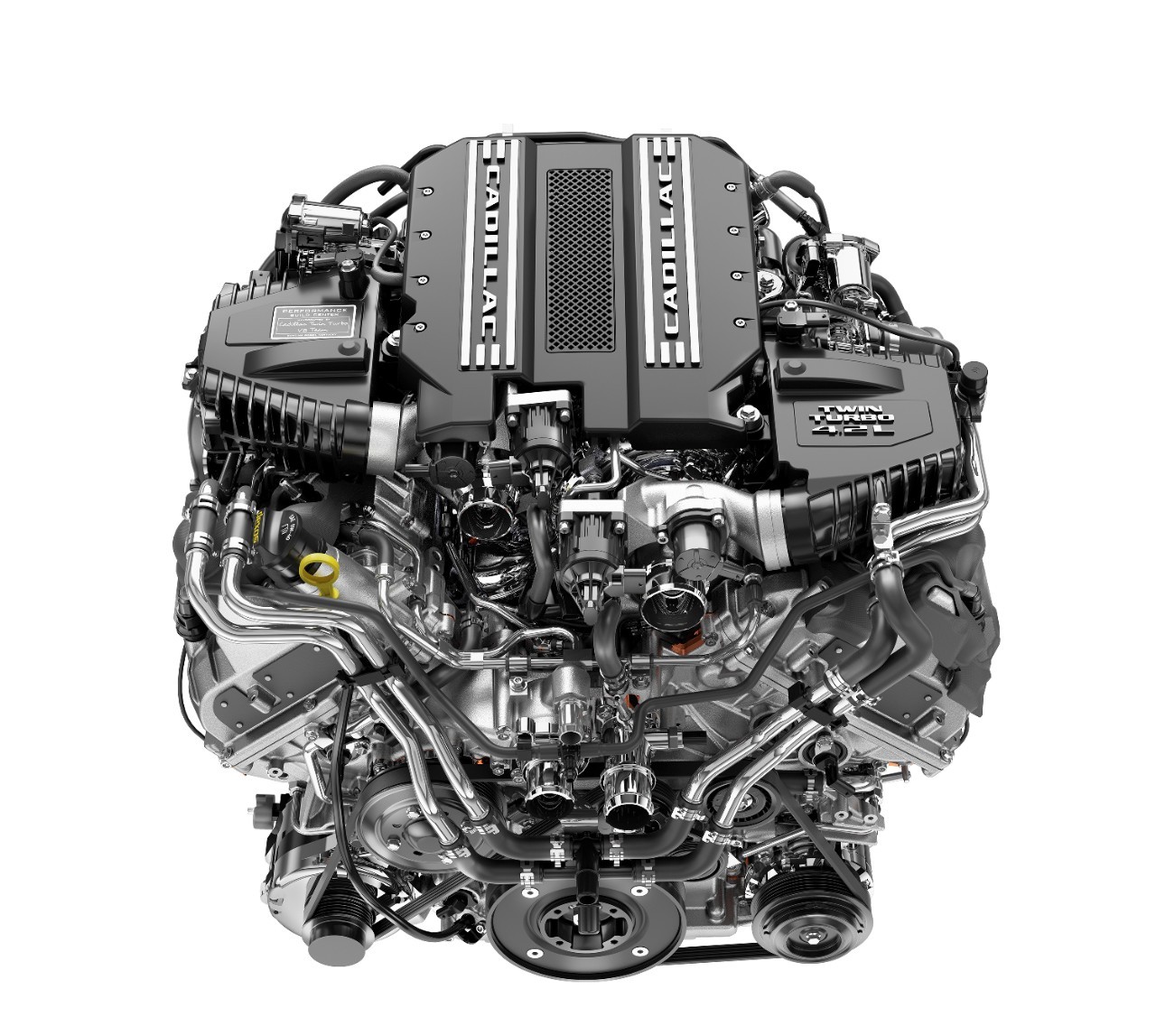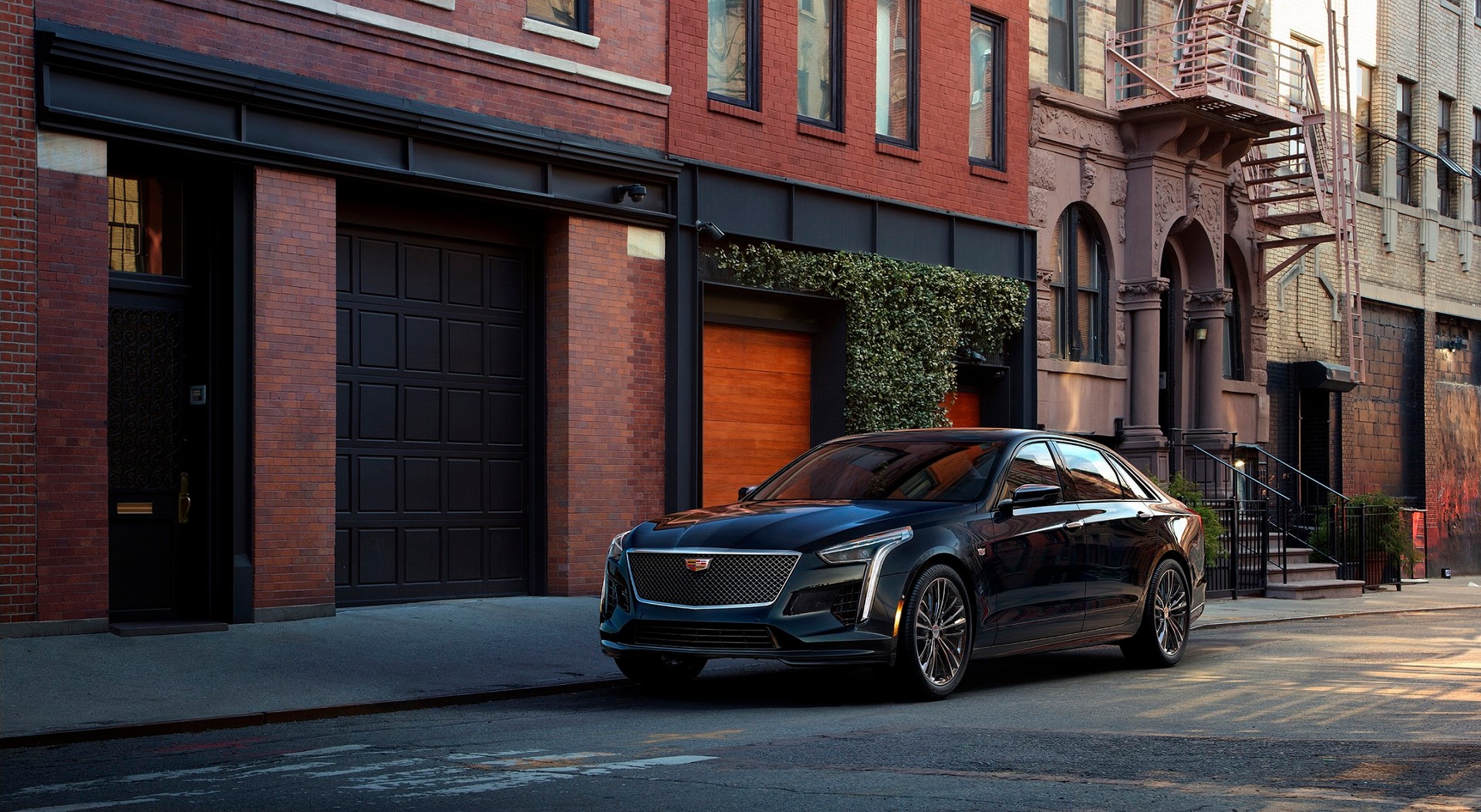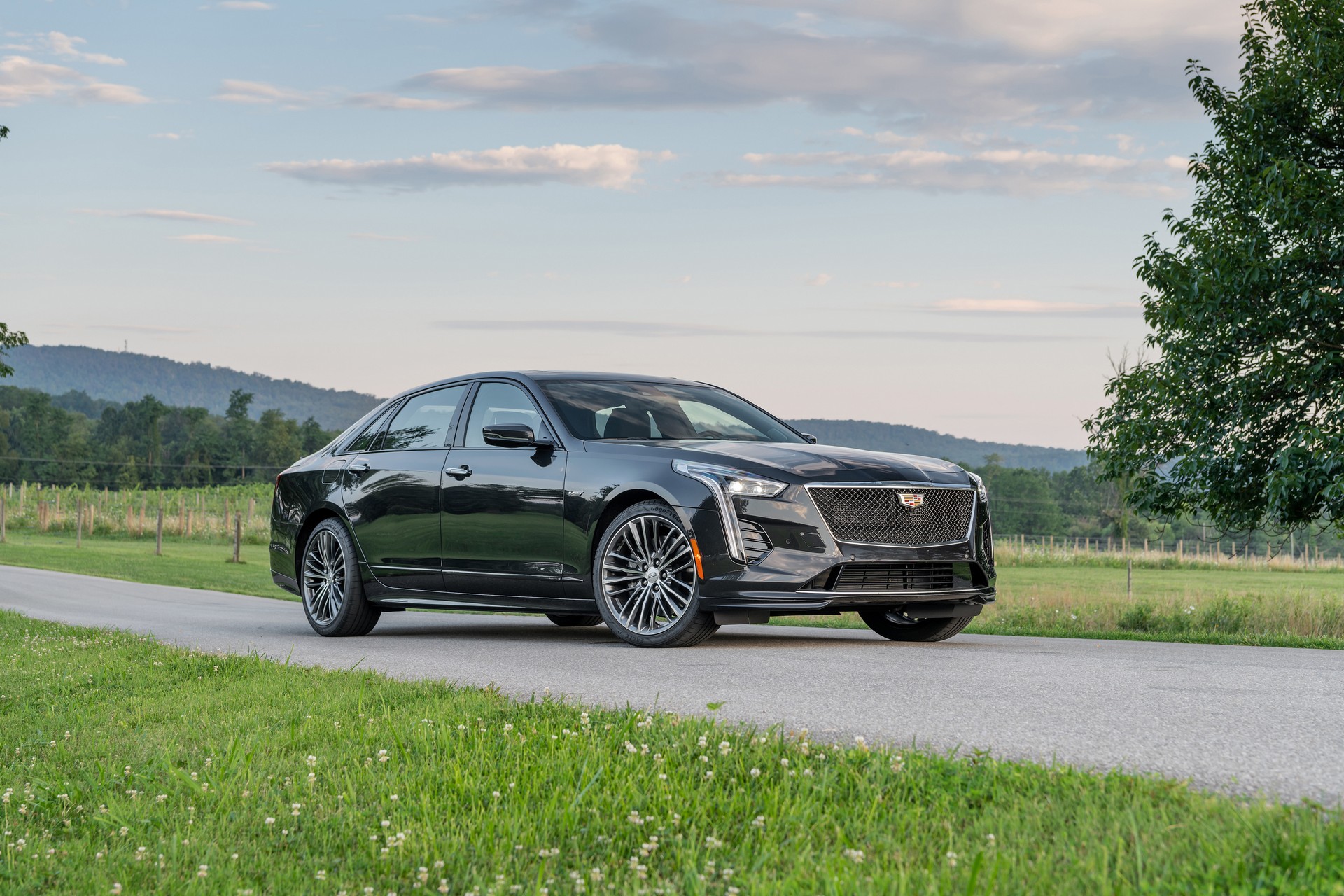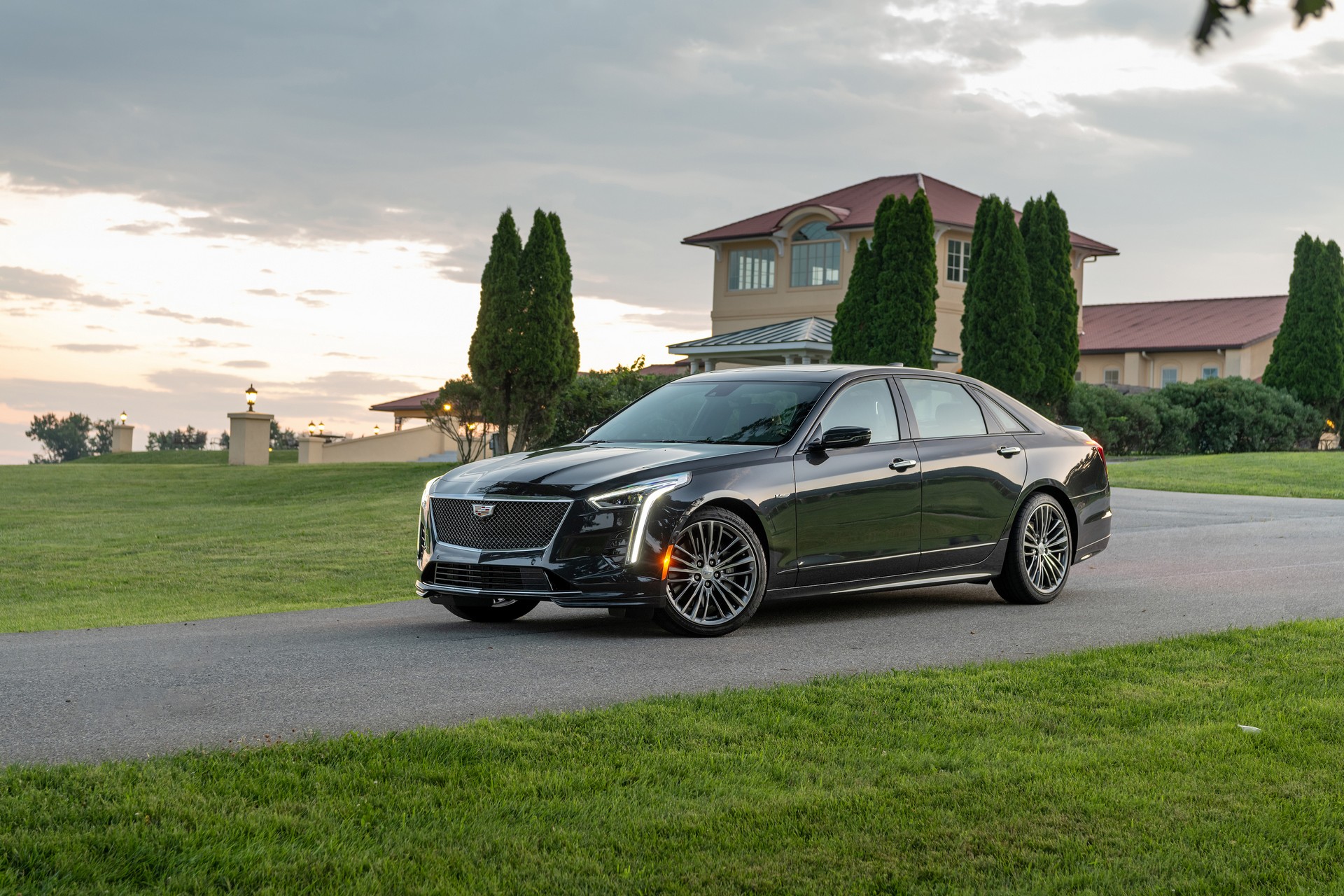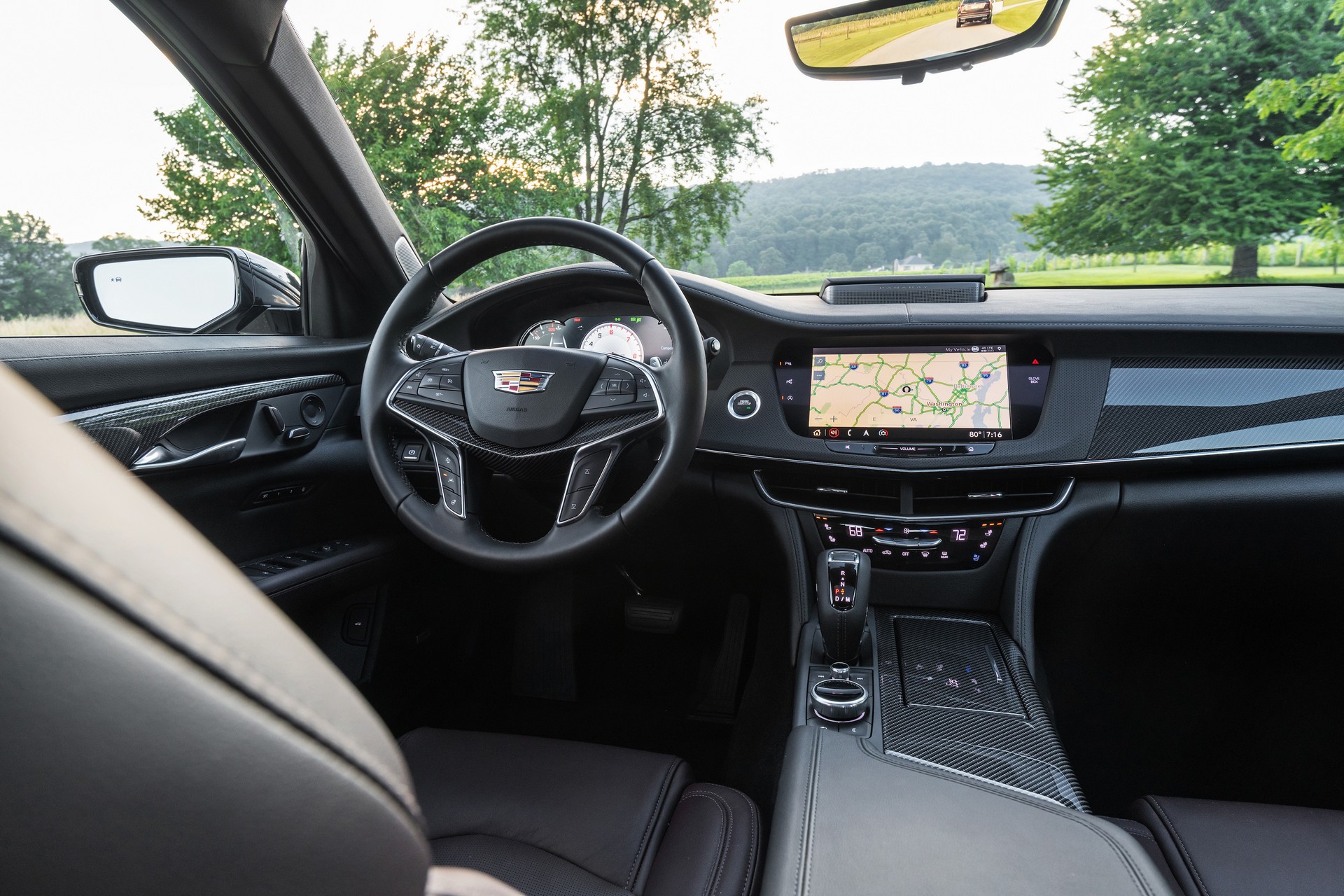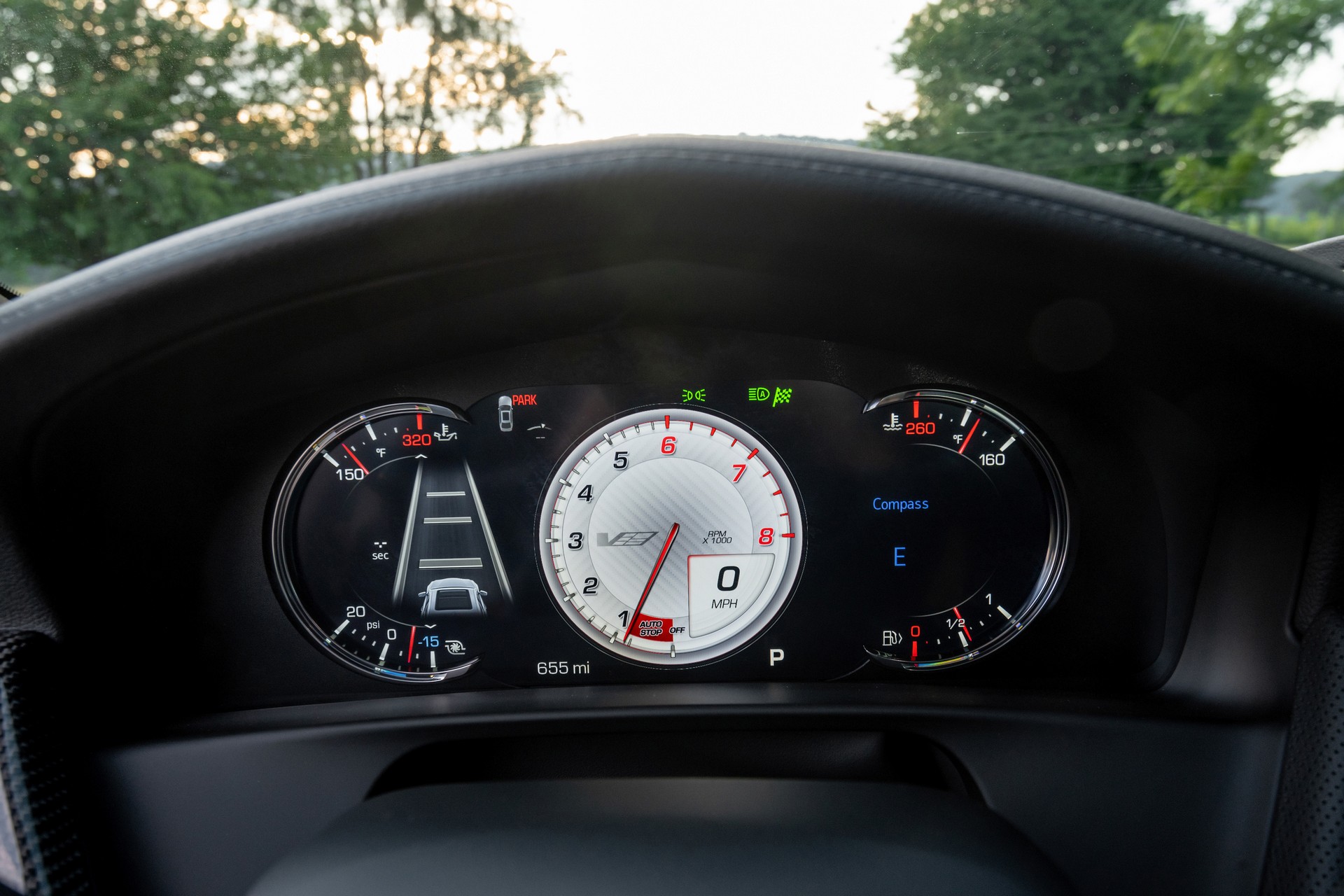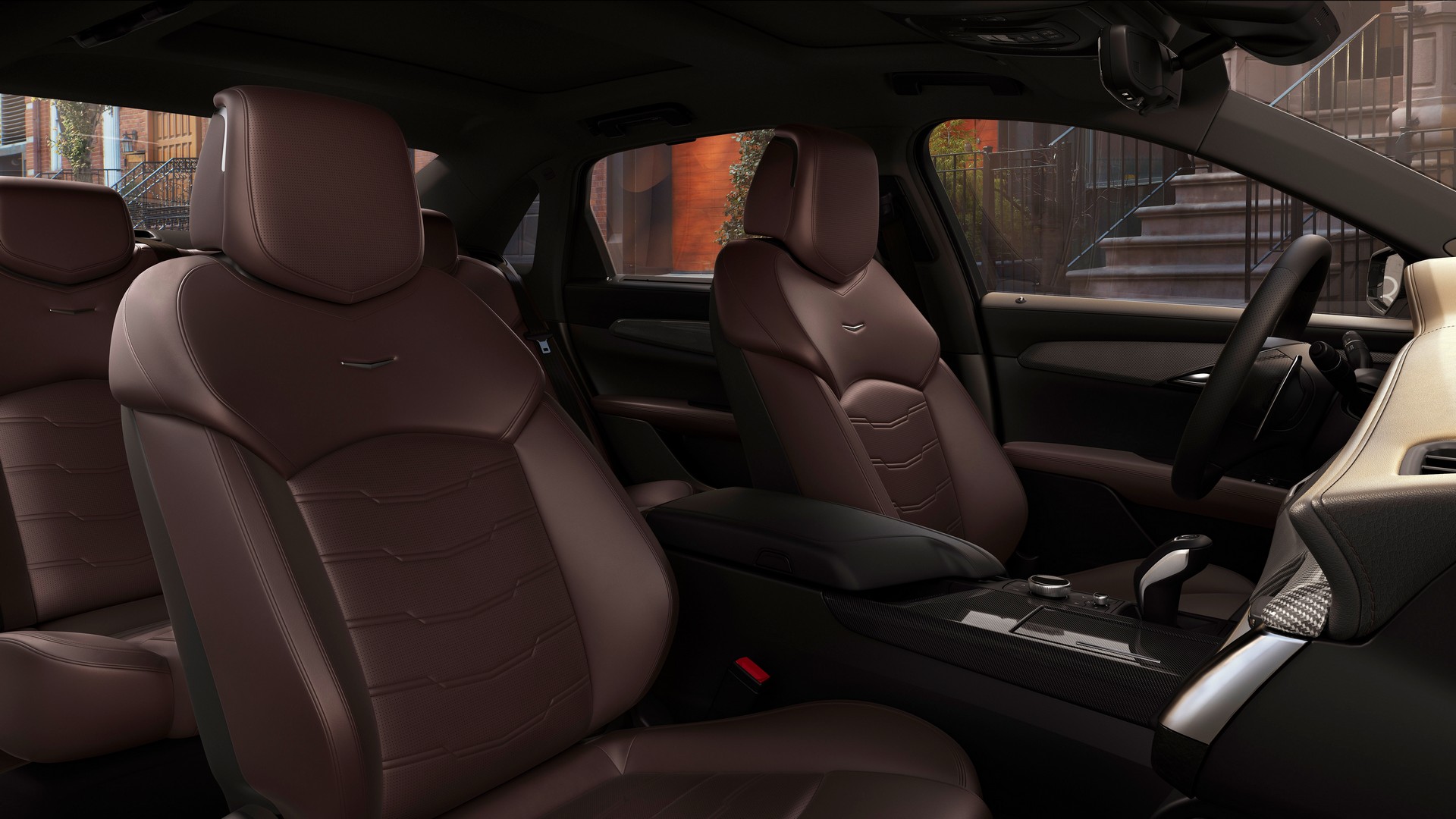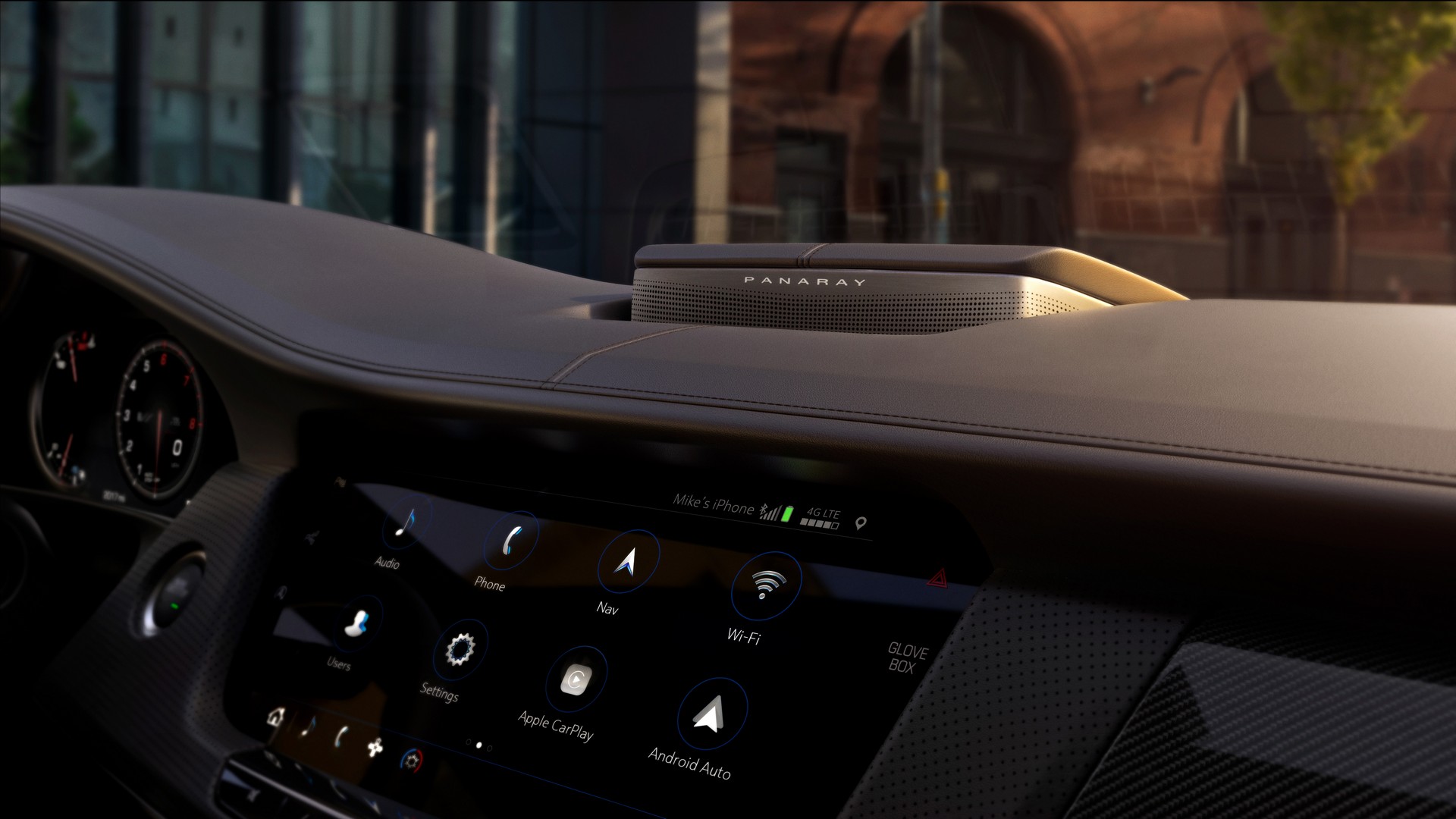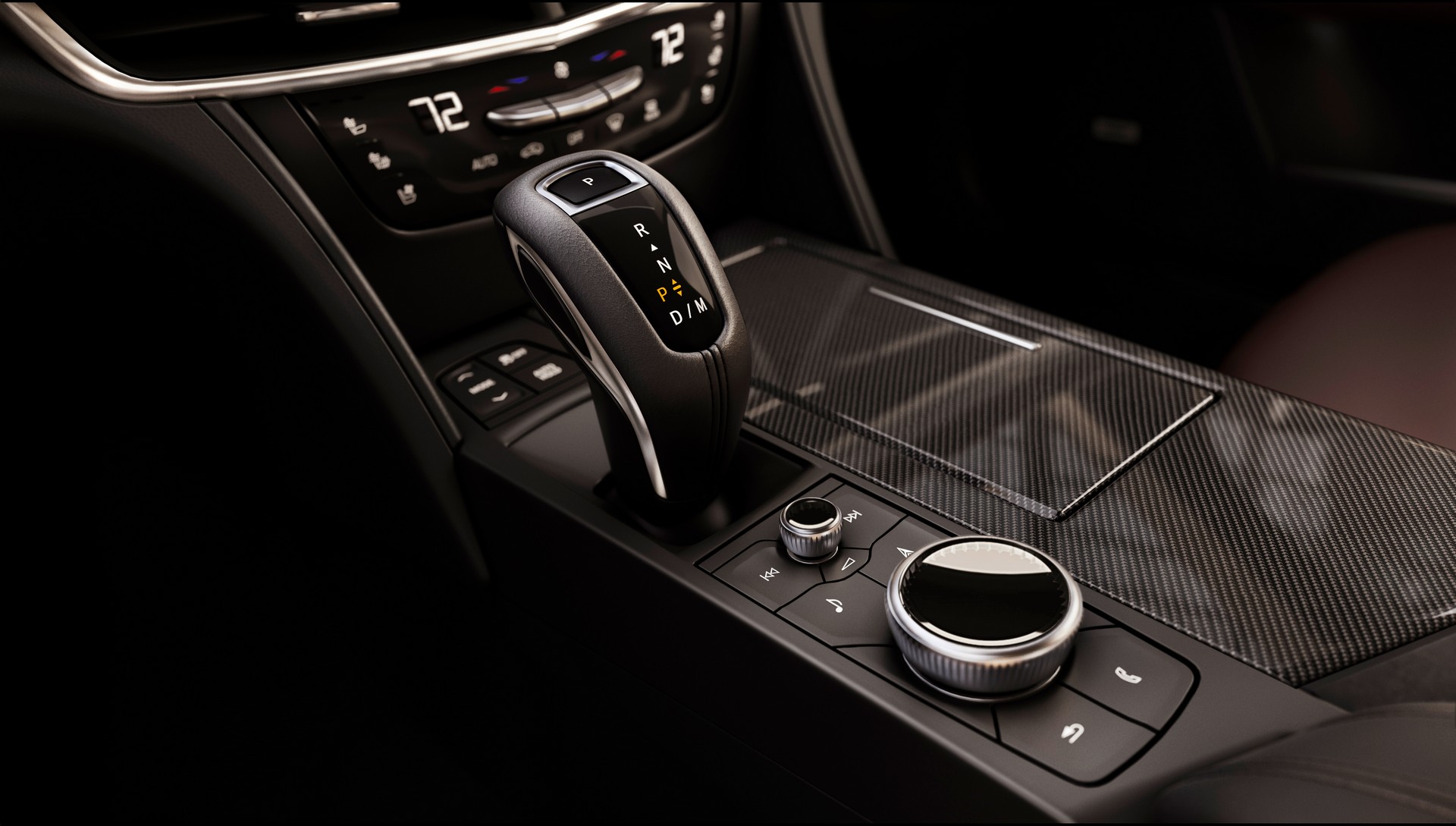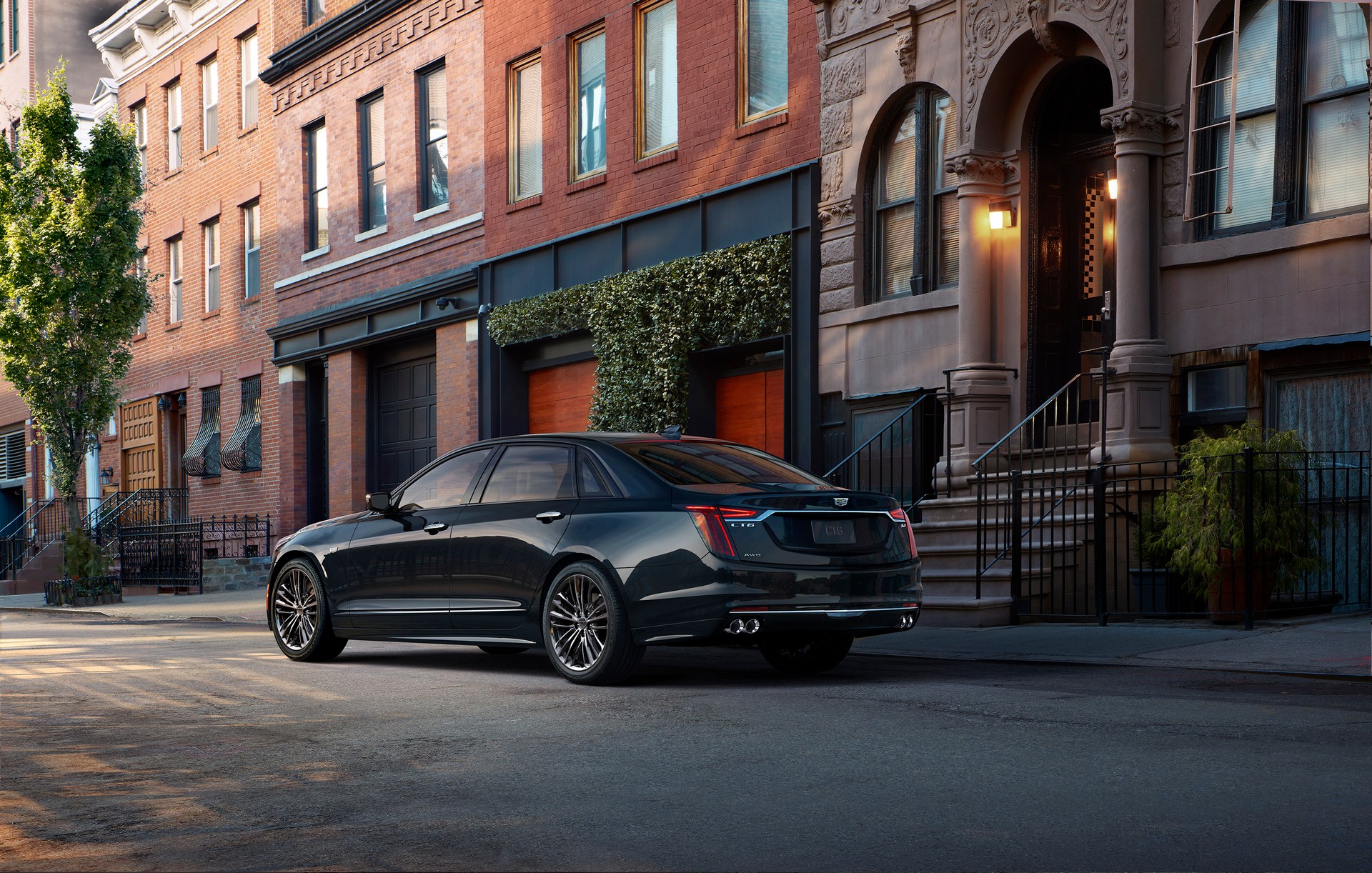Cadillac swung for the fences with the CT6 as it featured a unique rear-wheel drive platform and an exclusive twin-turbo 4.2-liter V8 engine.
The engine, known as the Blackwing, was installed in the range-topping CT6-V and was set to be shared with a handful of other Cadillacs. However, fate intervened and the engine became an orphan as the CT6 was axed in North America.
Road & Track has taken a deep dive into the ill-fated CT6 and its Blackwing V8 engine. The whole article is worth reading, but we’ll mention some of highlights here.
Also Read: Cadillac Has No Future Plans For Blackwing Engine But Will Retain The Name
The story starts in the early 2010’s as GM felt Cadillac was finally ready to offer a flagship sedan. This led to the development of the Omega platform and the CT6 which debuted in 2015.
While the Omega platform will die with the CT6, that wasn’t supposed to happen. Instead, the publication says there were “concrete” plans for a production version of the Escala concept as well as a large crossover that would be much more civilized than the Escalade. The crossover would have shared engines with the CT6 – including the Blackwing – and its likely the production Escala would too.
However, the world was changing and consumers wanted crossovers instead of sedans. This had a big impact on Cadillac as Omega-based cars suddenly didn’t make sense. This had a ripple effect as one insider explained, “If you didn’t have the sedans, the sport-utilities got more and more expensive. At some point, financially, it just wasn’t a good strategy, so one by one, those Omega derivatives disappeared, and in the end, the CT6 was left all by itself.”
As all of this was going on, development of the Blackwing engine continued. While the publication notes it’s surprising the V8 actually made it into production, it was a costly endeavor as one source estimated GM spent approximately $16 (£12.7 / €14.2) million on its development.
That’s obviously a bad return on investment as Cadillac only built 800 cars with the engine. This equates to $20,000 (£15,910 / €17,755) per vehicle and something the company could probably never justify even with the CT6-V’s near six-figure price tag.
Of course, that’s just part of the story and you can check out the rest here.








